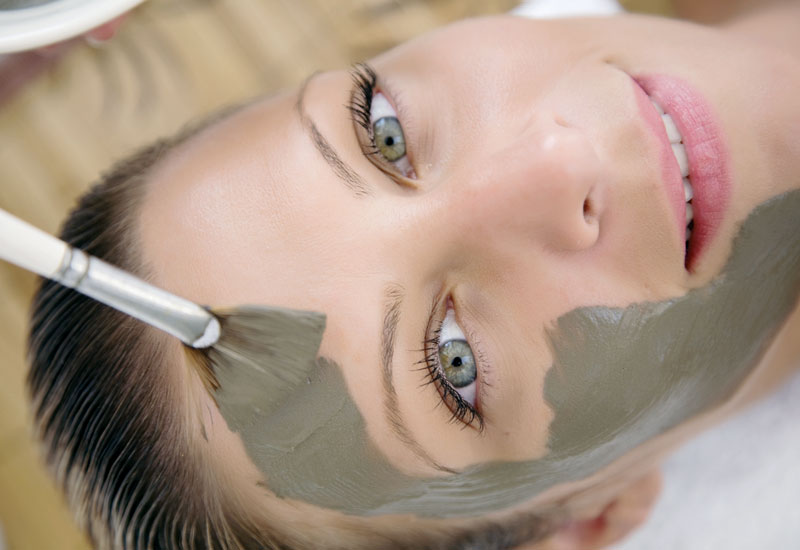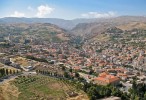 The industry voted for a second year running that best practices are the number one problem for spas globally.
The industry voted for a second year running that best practices are the number one problem for spas globally.
The recommendations
- Partner with conventional medical establishments to deliver complementary and integrated healing services to medical patients.
- Partner with the medical industry to encourage and conduct evidence-based research.
- Partner with the medical tourism industry to create complementary services for medical tourists.
- Repackage existing offerings and develop new offerings to define and market spas as a wellness necessity.
- Provide continuity of care to customers.
- Deliver executive health services.
How to move the industry forward:
- Develop a harmonised understanding of wellness terminology and concepts in relation to the spa industry, to reduce consumer confusion.
- Build a body of evidence-based consumer research that links spa to wellness as per consumer demand.
- Connect with wellness-related public sector tourism and public health organisations to leverage their resources and expertise.

Advertisement
New Priorities of Today’s Spa Consumers by Coyle Hospitality Research
The New Priorities of Today’s Spa Consumers survey, presented by Stephanie Perrone Goldstein, investigated what currently drives consumers to spas; consumer internet adoption and the impact of online information; and what “makes or breaks” the spa experience.
Key findings
- The number one reason consumers visit spas (89%) is for relaxation/stress management, but a significant 34% report their spa-going has been driven by gifts.
- The primary reasons spa consumers visit websites are to find spa deals (62%); view spa menus (57%); and read customer feedback (48%).
- The top three online resources that are used by global spa consumers: SpaFinder.com (44%); Search Engines (43%); Facebook (25%).
- There is a disconnect between consumer adoption of/openness to online spa booking and the number of spas providing that functionality. Among spa-goers, 47% have booked a massage online, and 89% “would,” but only 30% of spas offer an online booking solution.
- Social media usage for sharing spa experiences is growing: 59% are likely to email friends; 48% to write an online review; 41% to become a fan on a social networking site; and 37% to post on a social networking site.
- 88% of consumers report that they would be comfortable receiving follow-up from a spa post-visit, with the number one preferred method being an email from a spa manager inquiring about their satisfaction with their visit (83%).
The Latest in Benchmarking — Hotels and Luxury Spas by STR Global
Presented by STR Global vice president Jan D. Freitag, this benchmarking update provided a global hotel overview, showing that in all five major regions, there was a positive occupancy increase in Q1 2010. ADR increased in all regions except for the US and Europe. However, while hotels in the US without spas reported increased occupancy averages, hotels with spas continue to have significant ADR advantage: a $55 average premium over hotels without spas. The report then drilled further into the US market.
Key findings
- Luxury hotel spas proved less vulnerable than their “room” equivalents during the recession: spa treatment room utilsation actually grew 3.5% in 2009, while room occupancy dropped 8.7%.
- Both spa treatment rates and treatment room utilisation trended up in Q1 2010 (over the last nine months of ’09), but discounting continues: the average luxury hotel spa treatment declined from $149 in ‘08 to $142 in ‘09 to $136 in 2010 (Q1 comparisons).
- There are numerous bright signs that hotel salon services are trending towards a strong year. Revenue-per-service is up ($61 in 2010 vs. $58 in 2009). Salon services are up roughly 4% this year vs. a 6% decline in ’09. Salon utilisation has jumped from roughly 17% in Dec. 2009 to nearly 25% by Mar. 2010.








 Search our database of more than 2,700 industry companies
Search our database of more than 2,700 industry companies









